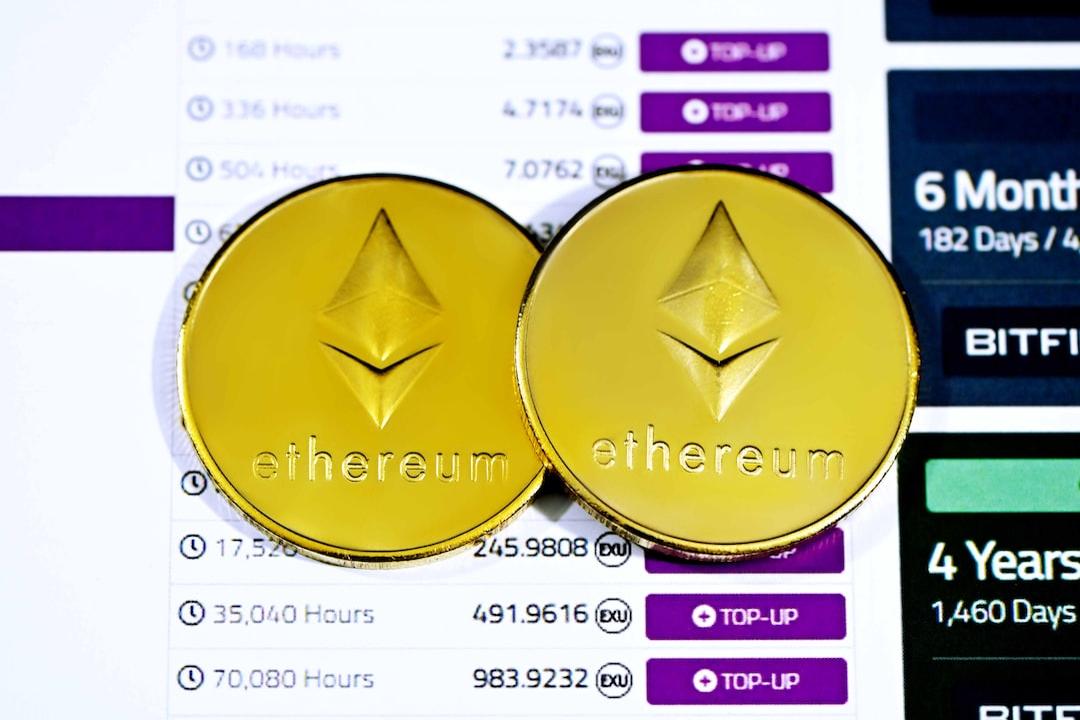What lies ahead for the platform now that Bankman-Fried is facing a lengthy prison sentence, and is there any hope for a resurrection of the FTX exchange?
Once a prominent figure in the crypto realm, FTX suffered a steep decline in November 2022, leading to its insolvency. Recently, Sam Bankman-Fried, the former CEO of FTX, was sentenced to 25 years in prison for a range of offenses, including fraud and misappropriation of user funds. This raises a crucial question: What comes next for FTX? Crypto.news is delving into how this verdict will impact the exchange’s future.
Prosecutors sought a 40-year sentence
As per the judge, FTX customers lost $8 billion, investors lost another $1.7 billion, and creditors of the exchange lost $1.3 billion. This financial chaos resulted in at least three FTX clients taking their own lives. In court, the possibility of a life sentence for Sam Bankman-Fried was on the table. Judge Lewis Kaplan stated that the former CEO of FTX provided false testimony on multiple occasions.
Bankman-Fried acknowledged the debts of Alameda Research, a fund associated with FTX that also went bankrupt. However, he argued that FTX could have avoided bankruptcy and resolved its issues. Alameda had access to funds of FTX clients, which were used for risky investments and various expenses, including donations to American politicians.
While prosecutors pushed for a 40-year sentence, Bankman-Fried’s defense team advocated for a significantly shorter sentence of maximum six and a half years. They urged the court to consider his background, education, experience on Wall Street, and role in establishing trading firms, asserting that greed was not his sole motivation.
Failed attempts to relaunch FTX
On June 28, 2023, FTX CEO John Ray announced that the company had initiated a stakeholder engagement process to revive the FTX.com exchange. According to sources from The Wall Street Journal, the exchange is likely to undergo rebranding upon its relaunch.
In August 2023, FTX revealed a relaunch plan that included establishing a new international marketplace for customers outside the United States. By the end of October 2023, FTX executives were in discussions with three investors to reinstate the platform. Options being considered included selling the company and customer base or bringing in a partner to aid in the reopening.
According to Kevin M. Cofsky, an investment banker at Perella Weinberg Partners overseeing the negotiations, a decision on continuing operations should be made by mid-December 2023. FTX is contemplating two transaction alternatives: selling the entire exchange and customer base or bringing in a partner to facilitate its revival.
However, by the end of January, FTX abandoned its efforts to resume operations and opted to liquidate all assets and refund customers.
FTX’s current management has been managing its bankruptcy for over a year, attempting to salvage what remains of the company’s assets. FTX attorney Andy Dietderich mentioned ongoing discussions with potential buyers and investors, who require more time before committing substantial funds to revive the exchange.
He expressed disappointment with FTX 2.0, stating that the company still possesses valuable customer data that could be utilized for revenue generation. Dietderich also highlighted that FTX’s previous acquisitions, valued at hundreds of millions of dollars, were largely unsuccessful, with limited interest in purchasing these assets. Even LedgerX, one of the few solvent exchange divisions when the parent company filed for bankruptcy, turned out to be a poor investment, emphasized Dietderich.
FTX’s current situation
The interim management of the bankrupt FTX Group is selling crypto assets and accumulating cash to settle debts with clients whose accounts were frozen following the platform’s collapse in late 2022.
According to sources from Bloomberg, FTX Group’s four main subsidiaries, including FTX Trading and Alameda Research, doubled their cash assets to $4.4 billion in 2023. FTX’s bankruptcy consultants informed U.S. regulators that the interim management gained over $1.8 billion from digital asset sales in December last year.
FTX has recovered over $7 billion in assets to reimburse customers and has reached agreements with various government regulators, as stated by Dietderich. Regulators have decided to wait until customers are fully compensated before pursuing approximately $9 billion in claims.
FTX aims to repay all clients in full, calculating payments based on cryptocurrency prices at the exchange rate in November 2022, when the exchange’s collapse triggered a broader crypto market crash. Several FTX clients contested this decision in court. However, their appeals were rejected, and awards were approved at 2022 prices, citing U.S. bankruptcy law, which mandates debts to be settled based on their value at the bankruptcy filing date.
Will SBF’s conviction alter the course of FTX’s narrative?
FTX and Sam Bankman-Fried were once closely intertwined, but since the exchange’s bankruptcy declaration, their paths have diverged. Bankman-Fried now faces imprisonment, while FTX remains a shadow of its former self, focusing on repaying its clients.
This separation suggests that Bankman-Fried’s fate is unlikely to impact FTX’s current operations. With no prospects for a revival of the exchange, FTX’s future appears to be centered on debt settlement. Meanwhile, Bankman-Fried is poised to spend many years behind bars, labeled as the mastermind behind one of the largest frauds in the crypto industry.
Subscribe to Updates
Get the latest creative news from FooBar about art, design and business.
Related Posts
Add A Comment

